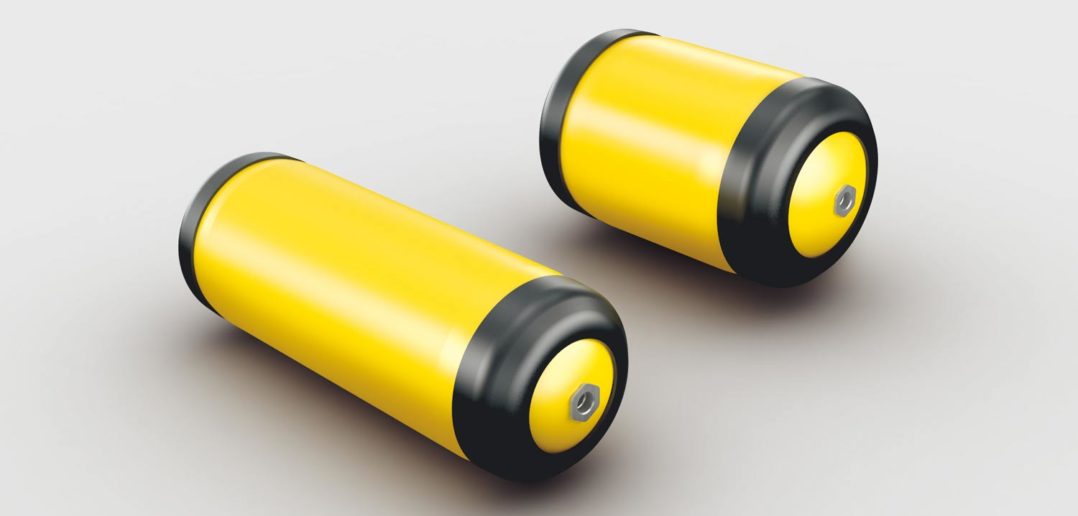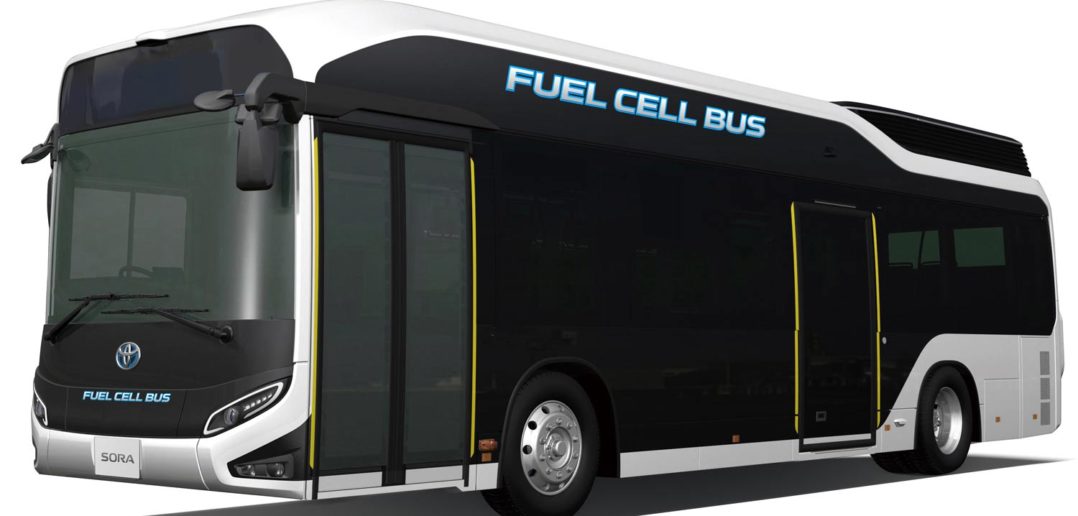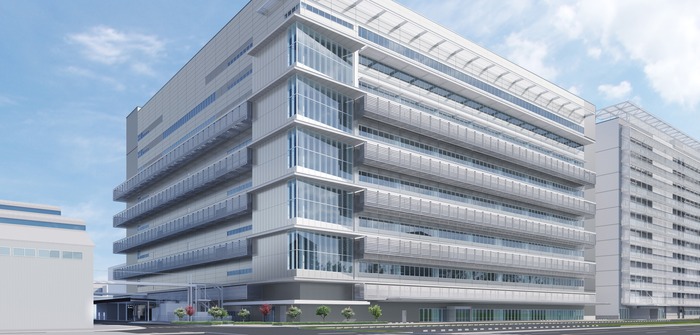Toyota expands fuel cell production infrastructure in 2020 push
To prepare for the expected growth in sales of fuel cell electric vehicles, Toyota is planning two major new facilities: a new building near the OEM’s original automobile factory, which will see an expansion in fuel cell stack mass production; and a new line in an existing plant for the manufacture of high-pressure hydrogen tanks.
Manufacture of both stack and tanks at scale is integral to reducing system costs, and will be key to Toyota’s predictions for FCEV uptake – the OEM anticipates annual sales of fuel cell vehicles rising to at least 30,000 after 2020.
Toyota will move production of fuel cell stacks from its current location – within one of the existing facilities at its Honsha Plant in Toyota City, Japan – to a brand-new eight-floor building on the same premises. Exterior work on the new stack facility is complete, and work will now begin on the interior.

high-pressure hydrogen tanks will be manufactured on a new, dedicated line inside the Shimoyama Plant
The production of high-pressure hydrogen tanks will be handled by a new, dedicated line added inside the Shimoyama Plant in Miyoshi City. Construction of the new tank line is underway.
Operations at the new facility, and on the new line, is expected to start around 2020.

In the Japanese market, Toyota is aiming for monthly sales of at least 1,000 FCEV vehicles (and more than 10,000 annually) from 2020.
Toyota also plans to sell at least 100 Sora fuel cell buses ahead of the Tokyo Olympic and Paralympic Games in 2020.


No comments:
Post a Comment